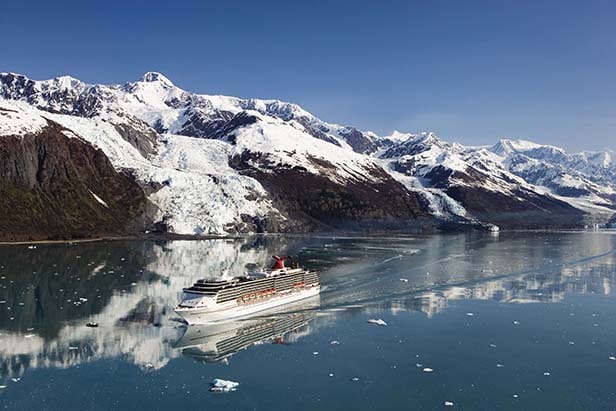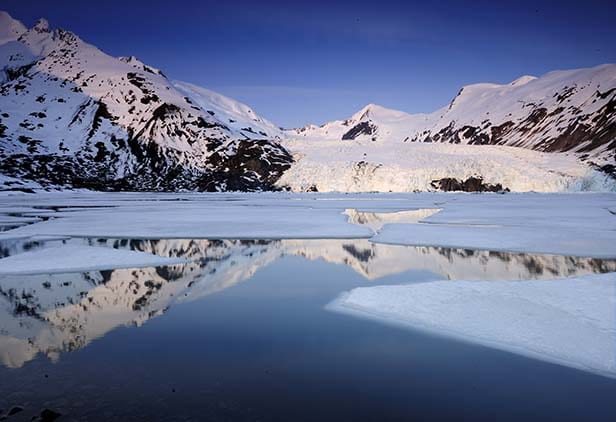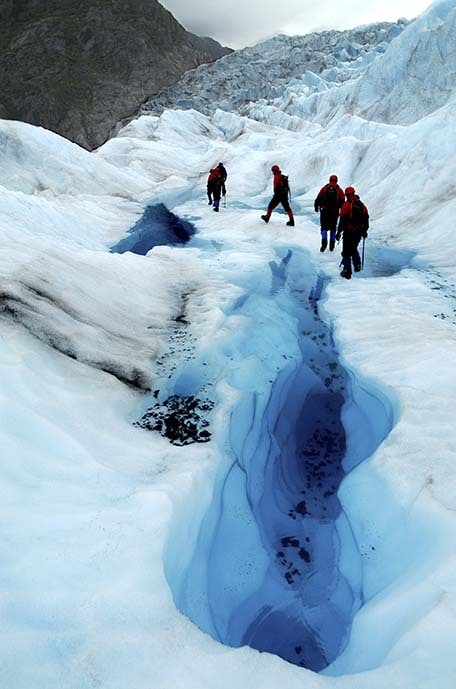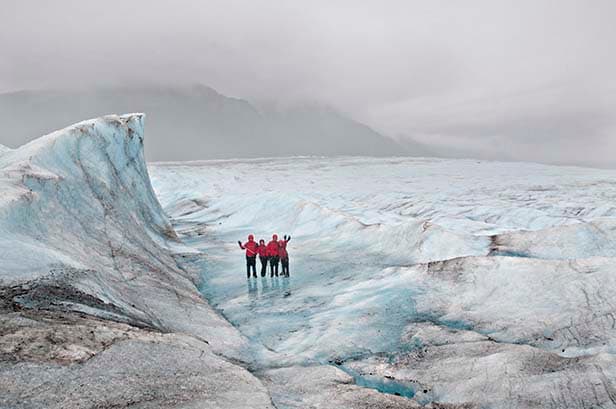Shaped by massive glaciers millions of years ago, Alaska’s Inside Passage is truly one of the most scenic spots in the world, offering stunning views of dense forests, towering mountains, cascading waterfalls and majestic wildlife that includes whales, sea lions, bears and bald eagles

As you travel through the Inside Passage, which stretches from Puget Sound, Washington, to the Gulf of Alaska, the scenery constantly changes. The route includes nearly 1,000 tiny islands and passes by serene shorelines that give way to massive walls of forested mountains, sparkling rivers and dazzling glaciers.

When disembarking at port cities — including British-influenced Victoria, BC, in Canada, as well as Skagway, Ketchikan and Juneau — you’ll have the opportunity to explore the spectacular sites further inland. Highlights include landlocked glaciers, such as the half-mile-wide Mendenhall Glacier, botanical gardens, national parks, historic totem poles and a myriad of natural wonders — all alongside modern cities filled with shopping and attractions.
Natives, including the Haida, Tlingit and Tsimshian, first settled this gorgeous region hundreds of years ago. They often used the area as a summer fishing camp. However, they weren’t the only early settlers to the area. By 1741, Russian explorers, led by Vitus Bering, discovered the Inside Passage for themselves.

Russian pioneers built and sailed ships, farmed, fished, logged, mined, whaled and operated sawmills, but the main draw was the fur trade. Russian hunters quickly realized that the wide variety of animals in the region produced valuable furs that they could trade with Chinese merchants for silk, spices and tea. Between 1743 and 1799, more than 100 Russian fur-hunting expeditions sailed into Alaskan waters, returning with 187,000 pelts worth more than $6 million dollars, a hefty sum at the time. At first, they hired Natives as experienced hunters and guides, but before long, the Russians began enslaving the indigenous population, especially the Aleuts. In the end, the Natives revolted against their unjust treatment and won their freedom back.

Today, all along the Inside Passage, you can see many examples of Russian culture. The original Russian settlers left behind beautiful cathedrals such as St. Michael’s Russian Orthodox Cathedral in Sitka, as well as historic sawmills, canneries and other buildings left over from this era.
Native populations maintain a strong presence in the Inside Passage, having a direct influence on the culture of a region many still call home. They have also continued the tradition of crafting stunning totem poles, including some of the largest and oldest collections of totems in the world at Potlatch Totem Park in Ketchikan and Sitka National Historic Park.
This post was created for Away We Go with Carnival, the destination for getting in the getaway state of mind.
